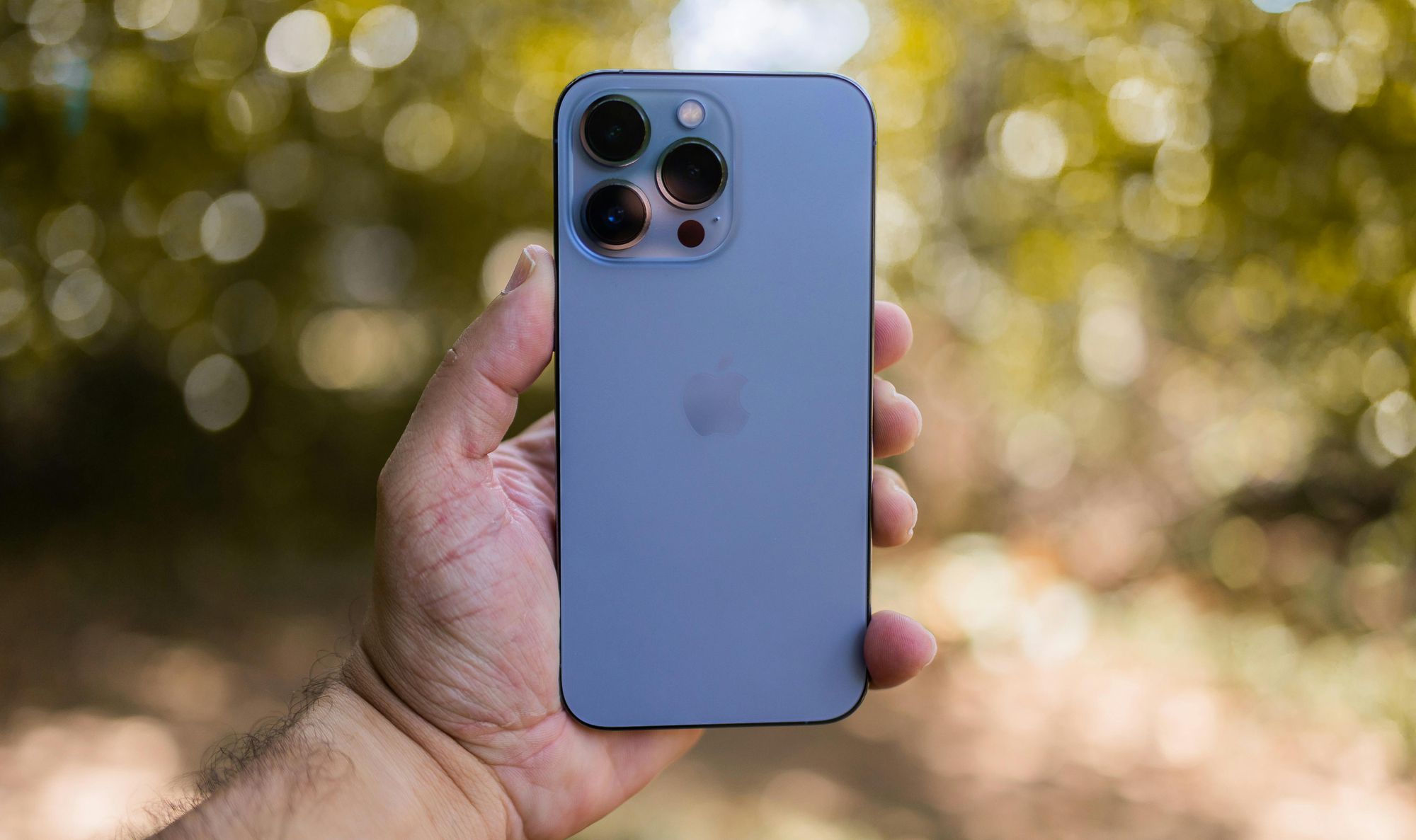iPhone 13 Pro: Common Issues and How to Fix Them


iPhone: Common Issues and How to Fix Them
The iPhone is a reliable and powerful device, but like any smartphone, it can occasionally experience issues. From battery drain to connectivity glitches, this guide covers the most common problems iPhone users encounter and offers simple solutions to help you troubleshoot these issues.
1. Battery Draining Quickly
Problem: A common complaint among iPhone users is rapid battery drain, which can occur after updates, due to background app usage, or power-hungry settings.
Solution:
- Optimize Settings: Turn on Low Power Mode under Settings > Battery to reduce background activity.
- Manage App Usage: Go to Settings > Battery to see which apps consume the most power. Consider disabling background refresh for these apps under Settings > General > Background App Refresh.
- Check for Updates: Sometimes, software updates address battery drain issues. Go to Settings > General > Software Update to ensure your phone is up to date.
If the problem persists, consider a battery health check at an Apple Store, as older batteries may need replacement.
2. Overheating Issues
Problem: Some users report their iPhone overheating, especially during intensive tasks like gaming or video editing.
Solution:
- Avoid Heat Sources: Keep your iPhone out of direct sunlight and away from hot environments.
- Limit Processor-Intensive Apps: Apps like games and photo editors can cause overheating. Limit their use or close them if your phone becomes too hot.
- Turn Off Background Activity: Background tasks can contribute to heating. Disable background app refresh for specific apps and close unused apps.
If overheating continues, it may be a hardware issue, so visit an Apple Store or contact support.
3. Touchscreen Unresponsiveness
Problem: Occasionally, the iPhone’s touchscreen may freeze or become unresponsive to touch.
Solution:
- Restart the Device: A simple restart can often resolve unresponsive screens. Press and hold the power button and volume button until the slider appears, then power off the phone.
- Force Restart: If the screen is completely unresponsive, quickly press and release the Volume Up button, then quickly press and release the Volume Down button, then press and hold the Side button until the Apple logo appears.
- Check for Physical Damage: If the screen is cracked or damaged, it may need professional repair.
4. Wi-Fi or Bluetooth Connectivity Issues
Problem: Some users experience Wi-Fi or Bluetooth connection issues, with devices failing to connect or disconnecting frequently.
Solution:
- Toggle Wi-Fi or Bluetooth: Go to Settings and toggle Wi-Fi or Bluetooth off and on.
- Forget Network: For Wi-Fi issues, go to Settings > Wi-Fi, tap the network name, and select Forget This Network, then reconnect by entering your password.
- Reset Network Settings: Go to Settings > General > Reset > Reset Network Settings. Note that this will erase saved Wi-Fi passwords.
If the problem persists, update to the latest iOS version, as Apple frequently releases connectivity fixes in updates.
5. Face ID Not Working
Problem: Users sometimes report that Face ID fails to recognize their face or does not work in certain lighting conditions.
Solution:
- Check Face ID Settings: Go to Settings > Face ID & Passcode and ensure that Face ID is set up correctly.
- Re-Set Face ID: Go to Settings > Face ID & Passcode > Reset Face ID and set it up again.
- Keep the Camera Clean: Dust or dirt on the front camera can interfere with Face ID. Wipe the camera gently with a soft cloth.
If Face ID continues to fail, it may be a hardware issue, and you should consult Apple Support.
6. Slow Performance
Problem: Some iPhone users notice their phone slows down over time, especially with iOS updates or as storage fills up.
Solution:
- Free Up Space: Go to Settings > General > iPhone Storage to review your storage. Delete unused apps, clear old photos, and remove any other unnecessary files.
- Disable Unnecessary Features: Features like Background App Refresh and Location Services can slow down performance. Disable these under Settings > General > Background App Refresh and Settings > Privacy > Location Services.
- Update iOS: Apple frequently optimizes iOS to improve performance on older devices. Go to Settings > General > Software Update to install the latest version.
If these steps don’t resolve the issue, consider a full reset or factory reset to restore optimal performance.
7. Camera Quality Issues
Problem: Occasionally, users experience blurry images or unexpected issues with the iPhone camera.
Solution:
- Clean the Lenses: Use a microfiber cloth to gently clean the front and rear lenses.
- Update iOS: Software updates may contain fixes for camera bugs. Go to Settings > General > Software Update.
- Reset Settings: Sometimes, camera issues are resolved by resetting all settings. Go to Settings > General > Reset > Reset All Settings.
For persistent camera issues, visit an Apple Store, as it may be a hardware-related problem.
8. Issues with App Crashes
Problem: Some iPhone users report frequent app crashes, which may be due to bugs, outdated apps, or iOS compatibility issues.
Solution:
- Update the App: Go to the App Store, find the problematic app, and check if an update is available.
- Reinstall the App: Delete the app, restart your device, then reinstall it from the App Store.
- Check for iOS Updates: Go to Settings > General > Software Update to ensure your iOS is up to date.
If app crashes continue across multiple apps, a device restart or reset may be necessary.
Final Thoughts
The iPhone is generally a reliable device, but occasional issues can arise. By following these troubleshooting steps, you can resolve most common problems on your own and maintain your iPhone’s performance. For persistent issues, consider visiting an Apple Store or contacting Apple Support for professional help.
Curious About Your iPhone’s Value?
If you're considering an upgrade, check out Tiptop.com for a quick trade-in offer on your iPhone.